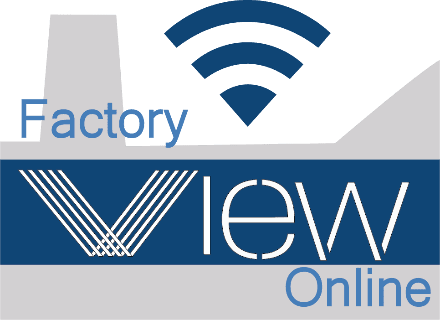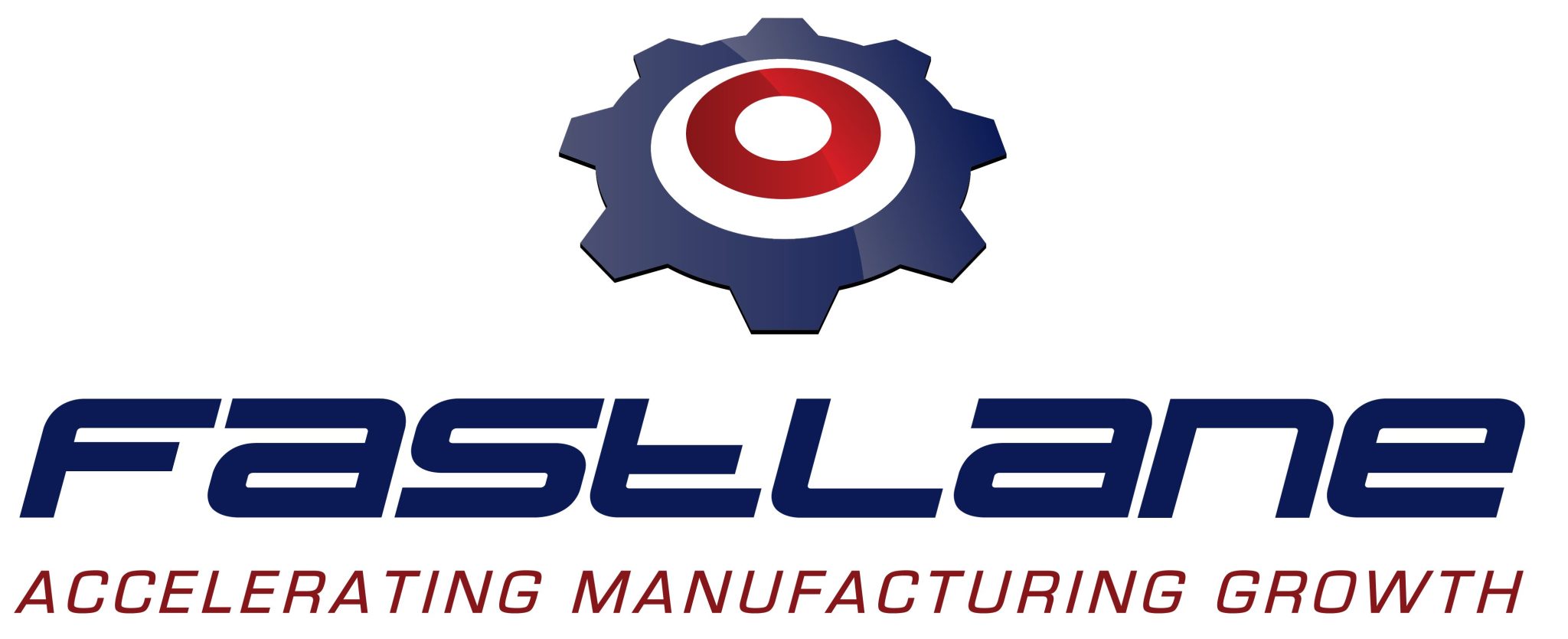
The Battle: Equipment Maintenance Verus The Production Floor
Originally posted on May 28, 2021 10:08am
Guest Post
The Benefits of a CMMS System
As you know, in the manufacturing environment you have days when the production manager is arguing with the maintenance manager. While production needs to get the last order done by Monday, maintenance needs to service the equipment to ensure uptime, safety of the equipment and the operators around it.
Have you been in this situation?
Sales are ramping up, demands are high and the equipment needs to continue producing to keep up with demand. Production managers see operators working overtime and feel like they can’t go fast enough. Maintenance is on standby for any unscheduled downtime. Supervisors are keeping an eye on the production floor. The forklift driver is continuously moving skids off the production floor. Quality Control is making sure everything passes inspection. All the gears are moving to get those orders out the door.
While making the last order of the day, for your most critical client, you hear a loud noise followed by a grinding sound from the equipment and the whole line goes down. Maintenance comes over and says, “We just skipped the last preventive maintenance. I didn’t think skipping one preventative maintenance (PM) task would cause this.”
Now you have three operators waiting for the equipment to be repaired. Supervisors are running like crazy, moving operators to other jobs and informing management. Quality Control and the forklift drivers are on break and orders are not getting filled. All of the gears have now stopped because of one simple assumption, this PM is not that important.
This is a battle that manufacturing plants often face. The equipment needs maintenance but there is never a convenient time.
One thing that can help this situation is a computerized maintenance management system (CMMS). A good CMMS can provide accountability and help you remember what maintenance must be done and the steps to do it.
It is very challenging to remember what PM’s are due from memory. Even more challenging, is when different maintenance technicians on different shifts are doing the work. This can lead to communication issues if someone is not on the same page. Using paper documentation is also an issue. The paper can often get lost in the shuffle or could be in someone’s desk, which makes it hard to find.
Having a CMMS software can help ease many of the challenges with equipment maintenance because it fixes these issues with real time communication. A good CMMS can keep everyone informed on what has happened and what will be happening. Your service sheets can include standard documents, images, PDF and manuals. Utilizing sensors with live monitoring and maintenance tracking can provide important data such as oil pressure of a machine, oil temperature and many other data points to identify possible issues on equipment before the problem happens.
Going back to the story that I mentioned earlier, with the loud grinding noise on the equipment. It was a bearing that was dry, got too hot and seized. The noise was the bearing grinding against the shaft. And, of course, there were no bearings in stock and the customer’s order was extremely late.
Had there been a good CMMS in place, this could have been avoided. It would have sent an alarm notification to the maintenance technician that the bearing needed oil before seizing; he would have been able to see that it was past due on preventative maintenance, he could’ve quickly ordered it through a purchase request or he could’ve known it was in stock with the inventory management.
So, where do you start when you get a new CMMS?
Start small and work your way into it. Get familiar with what your CMMS does. Make sure to align your system with your current processes. You can start by creating one PM or work order to see how it fits your workflow. Identify the benefits of having the information in one place, share this information with your employees, enforce usage even if it feels awkward at first (it’s hard to break old habits) but stick to it! You will be one step ahead of your competitors and looking to a brighter future.
Written by Santiago & Maria Perez, of EzKin who created Factory View Online, a live equipment monitoring CMMS system based in Dayton, OH.


